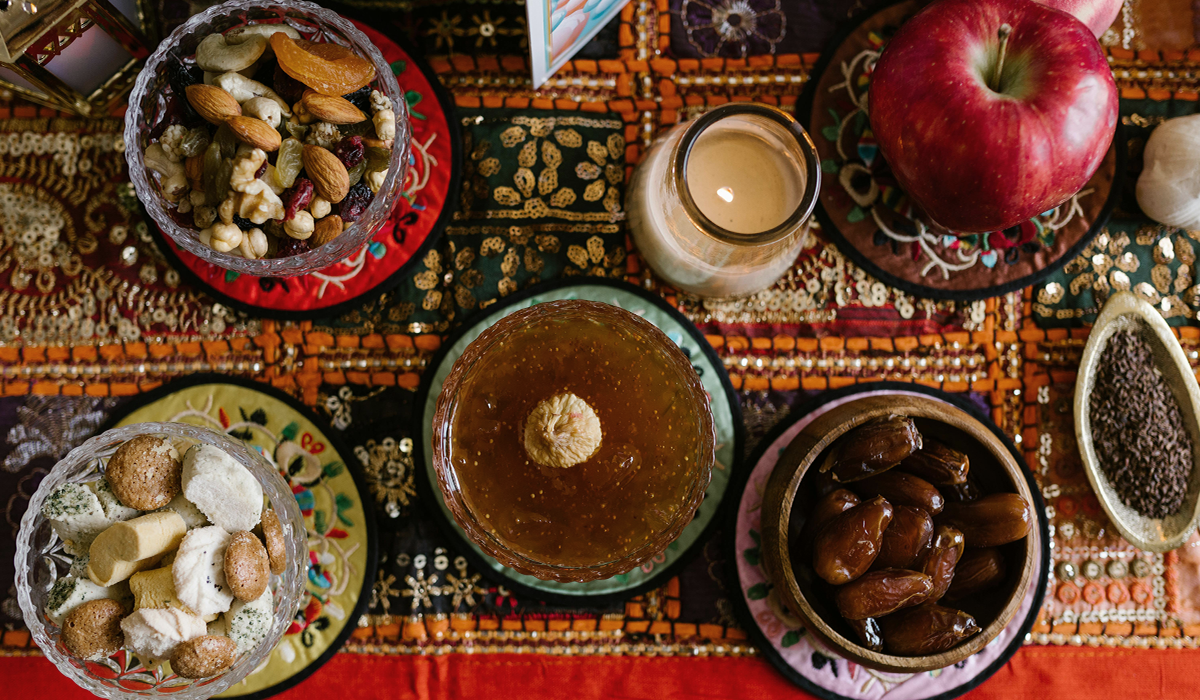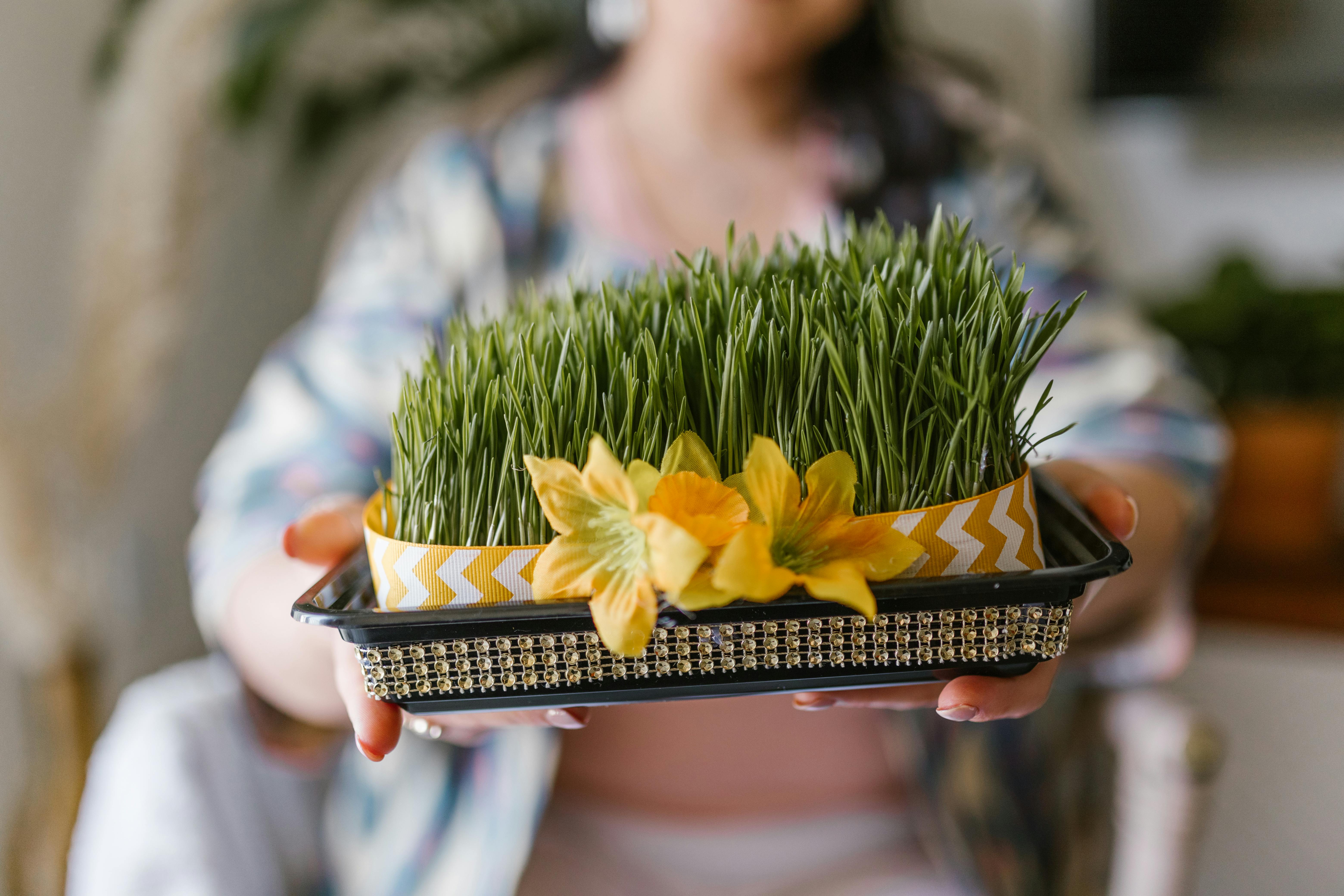
Nowruz, the Persian New Year, ushers in spring and symbolizes renewal across various cultures. Nowruz is celebrated each year on the spring equinox with rich traditions that date back thousands of years. Among these traditions, the practice of growing wheat plays a central role, where it symbolizes new beginnings and the anticipation of prosperity.
Building community through food
In some countries like Afghanistan, families engage in the tradition of making Samanak, a sweet dessert prepared from germinated wheat. This process involves sprouting wheat seeds weeks before Nowruz, grinding them into a fine paste, and cooking it throughout the night before Nowruz as people sing and stir together. Samanak is shared and enjoyed with family and friends on Nowruz to celebrate the occasion. This tradition not only celebrates the coming of spring but also reinforces community bonds and shared hopes for the new year.
Fostering a sense of unity and hope
The Haft-Seen (or "Seven S's") tradition is another quintessential part of Nowruz celebrations where seven items starting with the letter "S" in the Persian alphabet are displayed on a table, each symbolizing a different hope for the new year. In addition to Samanak, other items include:
- Sabzeh (sprouted wheat grass) represents rebirth and renewal
- Senjed (dried fruit of the lotus tree) symbolizes love
- Serkeh (vinegar) symbolizes patience
- Seeb (apple) symbolizes beauty and health
Through the Haft-Seen and the communal preparation of Samanak, Nowruz celebrates not just the physical nourishment provided by wheat but also its role in nurturing the spirit and fostering a sense of unity and hope among communities.
Supporting health and tradition on Nowruz
Share Afghan recipes to try around Nowruz or any other time, translated into Dari, Pashto and English. These videos are a sneak peek into our upcoming toolkit called Afghan Dastrakwan: Eating Healthy on a Budget in the U.S. The full toolkit will be released later this spring.
